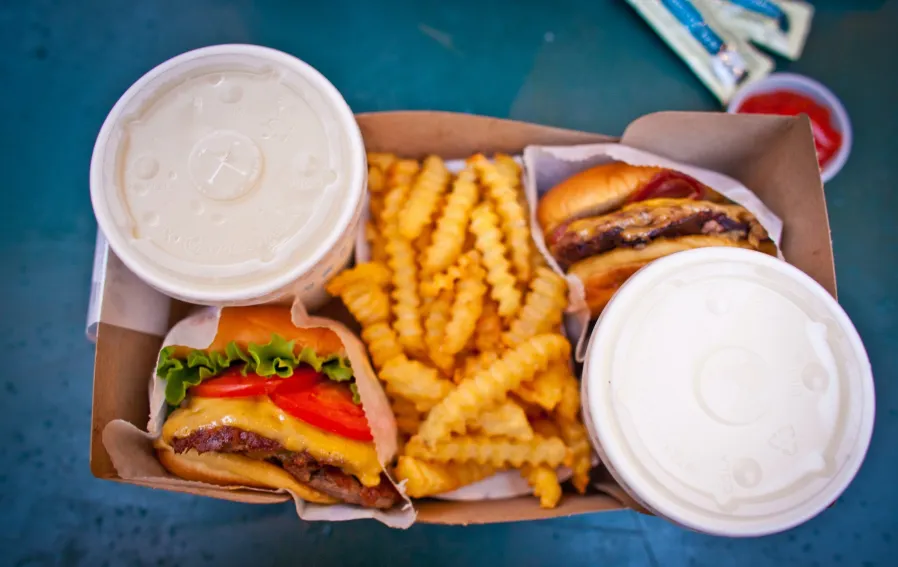
“A new era of convenience”: how delivery platforms are doubling down on new verticals, wider coverage to capitalise on projected growth
Uber Eats, Deliveroo and DoorDash offer an update on their latest initiatives to support restaurants and reveal emerging eating habits.
With consumers still spending on delivery even as in-store dining slowly returns, technology platforms say they are looking to take it a step further by adding new ways and times for both chain and customer to engage within the channel.
Deliveroo said it opened 11 new “delivery zones” in Q1 and extended the opening hours of over 100 of them, including the introduction of more 24-hour zones and later night coverage. It also offered $1 delivery in early March to chains that opted to participate.
“We are very market responsive in light of ongoing and changing restrictions and respond rapidly when snap lockdowns occur, inviting QSRs to be included in any promotions we have in place to help both them and consumers during such times,” said Nicole Le Maistre, the platform’s head of sales and strategic accounts.
Uber Eats, which accounted for 52% of the multinational’s gross bookings in 2020, teased “enhancements” throughout the year shaped by restaurant partners’ insights. The platform recently launched a direct integration with Instagram, bringing restaurants’ curated content directly into their app.
“Restaurants on the platform have told us they want to grow and amplify their digital brand and through this new partnership with Instagram—already a channel for thousands of restaurants around the country—our partners can now add even more to their Uber Eats storefront with an integration that takes less than 10 minutes to set up,” Bec Nyst, the platform’s head of restaurants for ANZ, said.
DoorDash confirmed plans to roll-out its DashPass subscription offering later this year, which gives unlimited free delivery fees on eligible orders over $20 for a $15.99 monthly fee. The initiative is currently live in Melbourne, where the platform debuted. The platform claims subscribers save an average of $3.50 to $4 per order.
“DoorDash is committing to continual investment in customer loyalty whilst creating exclusive experiences for subscribers. With the national roll-out planned for later this year, this investment opportunity will continue to grow,” general manager Rebecca Burrows said.
The platform recently launched its Storefront initiative, which enables restaurants to create their own online stores without building their own in-house logistics and e-commerce management capabilities.
Snacks as second dinners, more pick-up orders
The delivery platforms also saw notable upticks in snacking and lunch. Pick-up orders also surged. Uber Eats, for example, saw a 400% uptake in these orders year on year, attributed to customers in Adelaide, Hobart, Perth and the Gold Coast “embrac(ing) the feature.”
“What may have started as a lockdown habit — taking a break during lunchtime to walk to the local cafe to pick up a pre-ordered meal — has now become a part of the flexible work routine. Lunchtime orders are up by more than a quarter in every state and territory across the country,” Uber Eats general manager for ANZ Matt Denman said.
"The habit is here to stay, having almost doubled in popularity in all capital and regional cities with the exception of Canberra."
“A large proportion of these snacks were ordered as a “second dinner” offering a late-night hunger hit to peckish, bored customers. Potato chips, doughnuts and fruit snacks were among the biggest go-to’s for the snack-lovers during this time,” Burrows said, also noting that chicken and chips, tacos and pizza were the top ordered items during the height of the pandemic in the country.
“[P]eople were craving comfort food over healthier options by over 30 per cent and also were more inclined to order delivery to kick-start their day with an increase in breakfast orders such as coffee, breakfast burritos and porridge,” she also noted.
Broadening on-demand delivery offering outside of restaurants has been seen as another step being taken by the platforms in particular markets, with grocery delivery being a prime example. Non-food categories, at least in DoorDash’s case, are also seeing growth.
“Despite things beginning to open again, we expect online grocery ordering to continue to rise. Consumers have shifted their expectations when it comes to on-demand e-commerce, which will continue to change the way they fulfill their daily tasks. By bringing the local bakery, supermarket and butcher to your door (big or small), a new era of convenience has been created which will continue to expand in the coming months,” Burrows explained.
IbisWorld said the market size of the online food ordering and delivery platforms industry is expected to increase 12.1% in 2021.
Menulog was sought for comment but was not able to provide responses as of press time.























